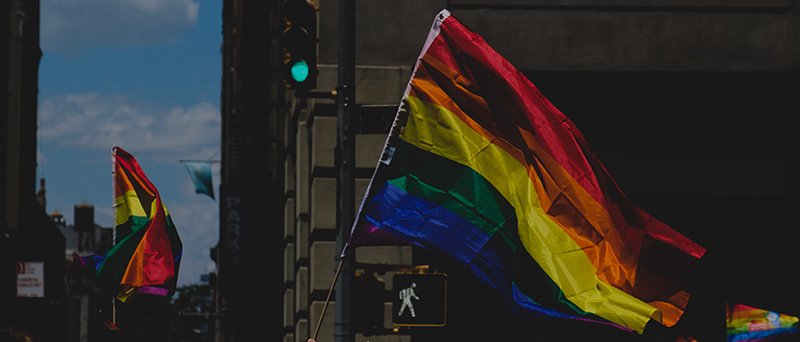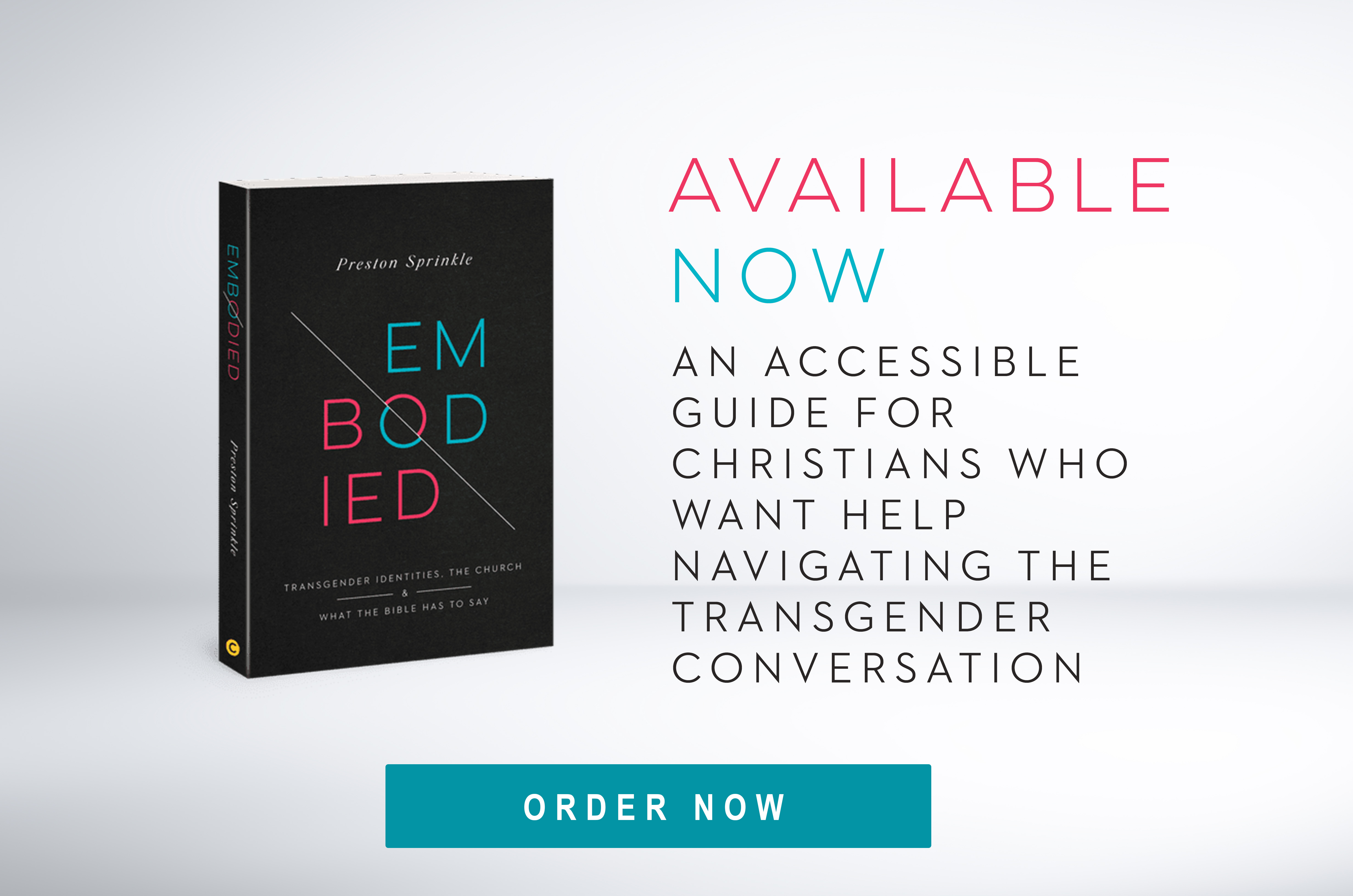
By Gregory Coles. Greg is a Senior Research Fellow at The Center and is the author of Single, Gay, Christian and No Longer Strangers.
This is a blog post about rainbow flags and other LGBTQ+-related symbols. But it’ll take us a little while to get there. First, let’s talk about crude hand gestures.
In American Sign Language (ASL), you form the letter “T” by closing your fingers into a fist and inserting your thumb between your index and middle fingers. When you shake your “T”-shaped fist back and forth, this creates the ASL sign for “toilet.” But in many other nations worldwide—including Indonesia, where I grew up—this hand gesture is considered obscene and insulting. (I won’t go into detail about its precise meaning; let’s just say it’s like a more offensive version of giving someone the middle finger.)
Imagine my feelings, then, when I arrived in the U.S. for college and one of my ASL-savvy friends waved the letter “T” in front of my face. Where I saw an obscenity, she saw an innocent statement about bathrooms.
Buy Now!
Embodied: The Latest from Preston Sprinkle
Here’s the trouble with symbols: They don’t mean anything apart from the meaning we collectively attribute to them. The mere act of closing my fist and sticking my thumb in there isn’t inherently obscene, and it doesn’t inherently have anything to do with the letter “T” or with toilets. It means those things because we decide it does. And when people bring different attributions to the same symbol—like my college friend and I did—there’s no universal rule to decide whose interpretation is correct. The same hand gesture can mean two different things to two different people. It can be both innocent and obscene.
Of course, some symbols are more universally agreed upon than others. Holding your hands around your throat and making a distressed face is called the “universal choking symbol,” in part because there’s a clear physiological connection between the throat, distress, and choking. But many of the symbols that we’ve come to associate with particular concepts, groups, or ideologies—the pink ribbon for breast cancer awareness, the swooshing Nike logo, the Jesus fish, the Ukrainian flag—are visually arbitrary. And sometimes, symbols that are deeply ingrained within our own psyches as meaning one thing actually mean something very different in another person’s mind.
In the end, then, it’s not always useful or accurate to ask, “What does this symbol mean?” Sometimes the better question is, “To whom does this symbol have meaning?”
Which brings us, at last, to rainbow flags and the like. In my experience, pro-LGBTQ+ symbols like these can have a whole host of meanings, including (but not limited to) the following possibilities:
-
“I affirm the full humanity and belovedness of LGBTQ+ people.”
-
“I affirm the ethical goodness of same-sex sexual activity.”
-
“I don’t think LGBTQ+ people are ‘more broken’ than straight people.”
-
“I don’t think any of the sexual impulses within LGBTQ+ people (or anyone) are broken in any way.”
-
“I work to overturn anti-LGBTQ+ prejudice and bullying.”
-
“I work to overturn historic Christian beliefs about marriage.”
-
“I myself am LGBTQ+ or dearly love LGBTQ+ people.”
-
“I either don’t believe in Jesus, or I believe that same-sex marriage is a good option for followers of Jesus.”
-
“If you’re an LGBTQ+ young person (or someone wrestling with your sexuality or gender identity) and you’re looking for someone you can talk to, you can be sure that I will honor your story, keep your secrets (unless you’re a danger to yourself or others), give you room to make your own decisions, and love you no matter what.”
-
“If you’re an LGBTQ+ young person (or someone wrestling with your sexuality or gender identity) and you’re looking for someone you can talk to, you can be sure that I will be in total agreement with every future sexual decision you make.”
Some of these meanings, I disagree with and don’t intend to communicate to anyone. Others, I wholeheartedly believe and long to communicate at every possible opportunity in every possible way! (I’ll let you figure out which ones are which.)
Again, the question is not, “What does rainbow flag symbolism mean?” The question is, “To whom does rainbow flag symbolism have meaning? Who am I trying to communicate with, and what will they understand this symbolism to mean?”
One of the challenges with publicly visible symbols, of course, is that they get seen by lots of different people. A symbol that one person understands one way, someone else may understand differently. Communicating accurately with one person may mean communicating inaccurately with someone else. Which means we also need to ask, “In cases where the people I encounter have different understandings of the same symbol, whose understanding is a higher priority to me? Who am I willing to risk being misunderstood by? Will I have an opportunity to clarify my meaning to one audience but not to another? In which case will correct understanding create more good, and in which case will misunderstanding create more harm?”
None of this definitively solves the question of whether rainbow flag imagery is useful or detrimental, wise or unwise, for those of us who love and champion LGBTQ+ people while holding historic Christian convictions about sexual ethics. None of this tells us whether to wear the rainbow pin at work, whether to put the SAFE ZONE sticker on our door at school, whether to buy the pro-LGBTQ+ merch our kids request as birthday presents. But perhaps we’d be better off if we approached these situations with fewer categorical answers and more genuine questions.
Perhaps we’d be better off if we asked the people we love what these symbols mean to them, instead of assuming we already know their answers.

